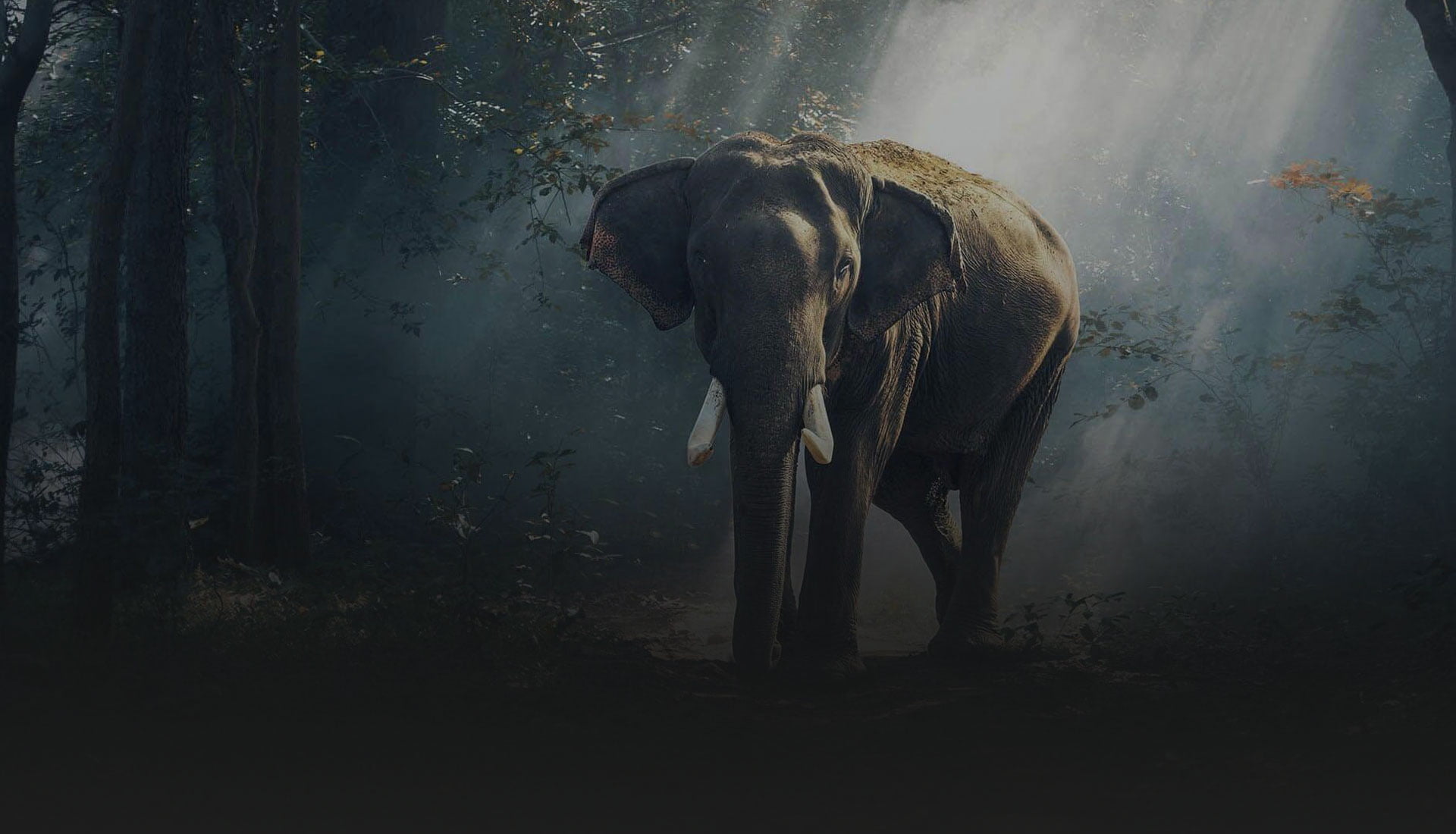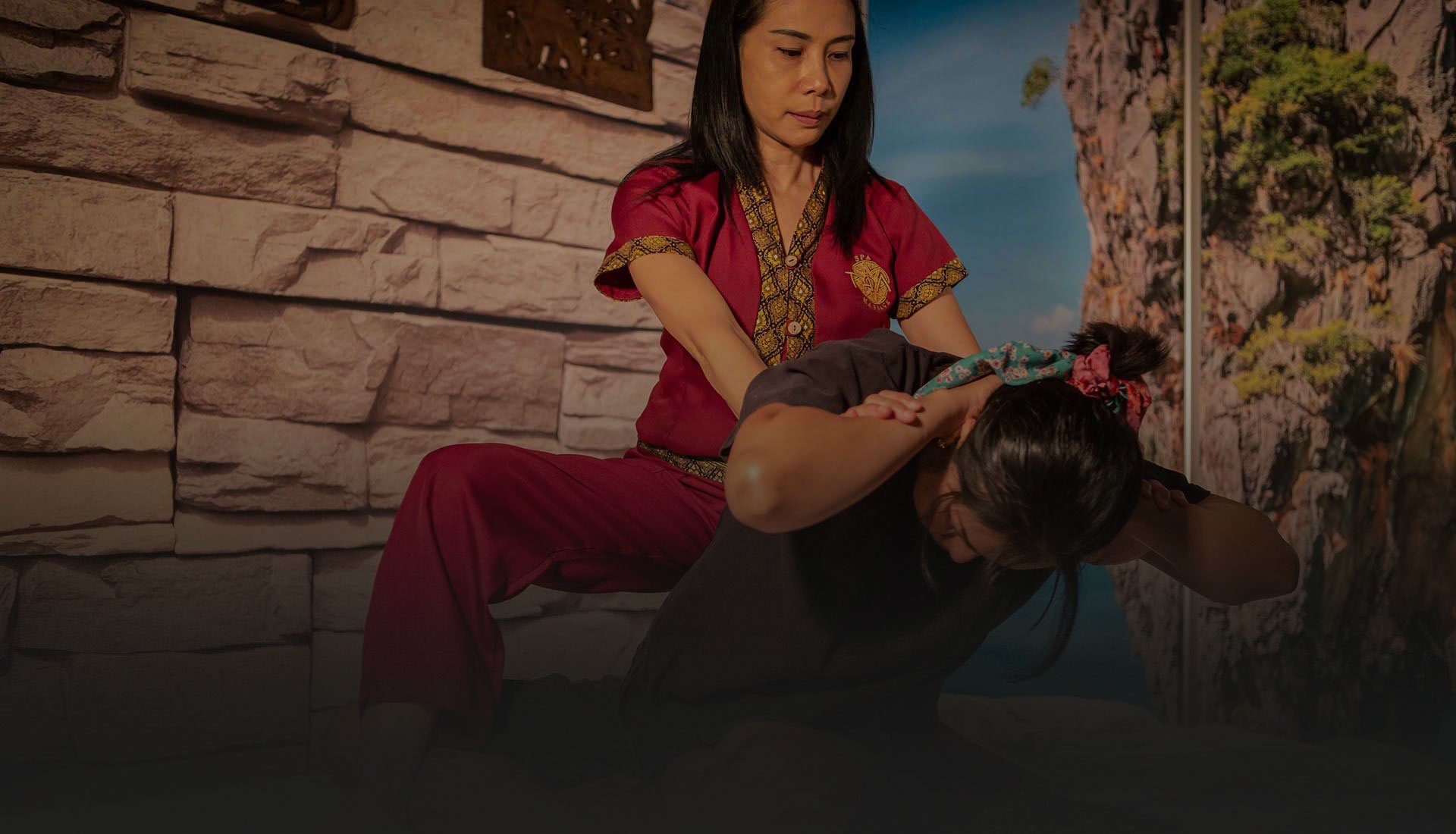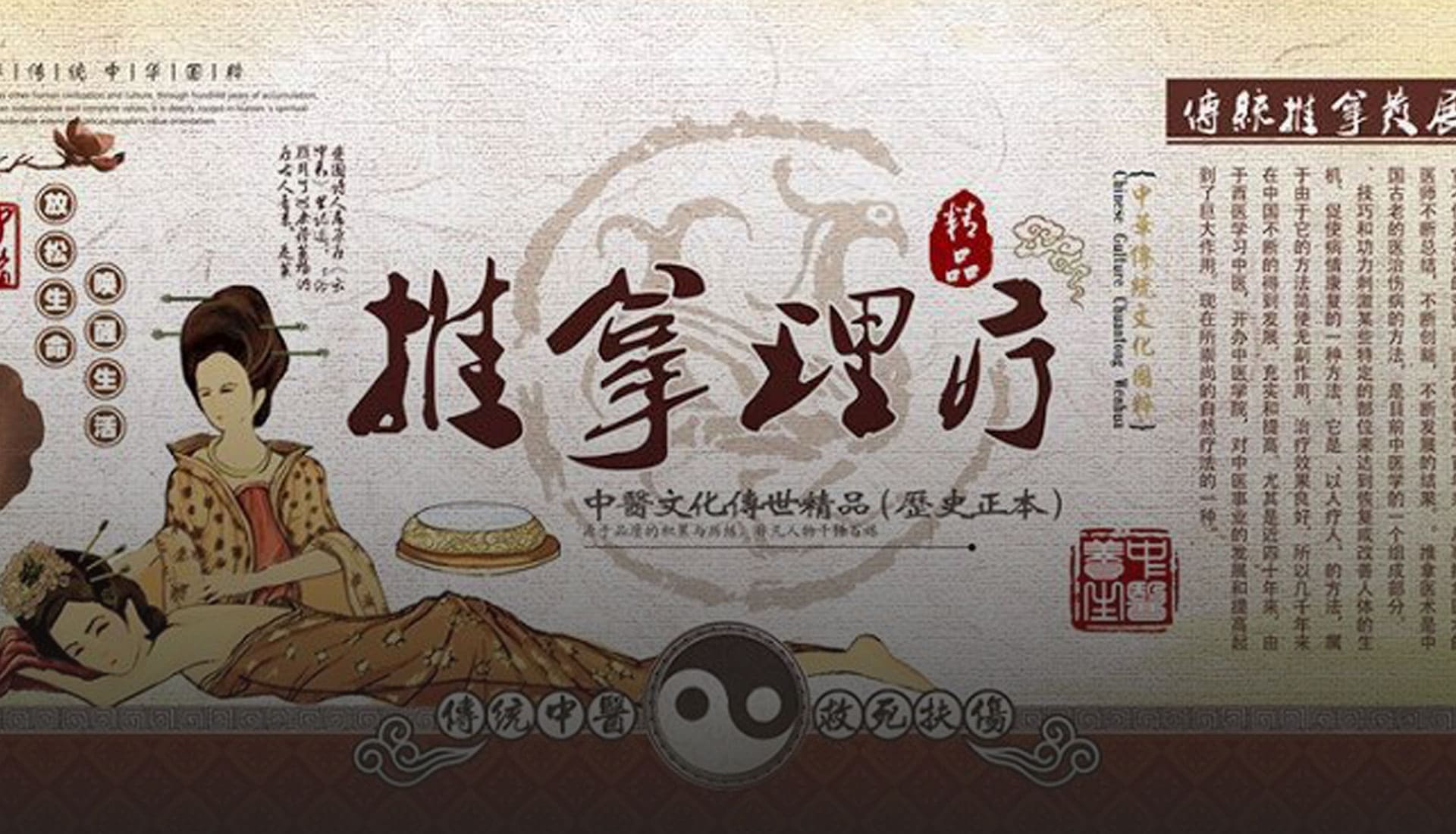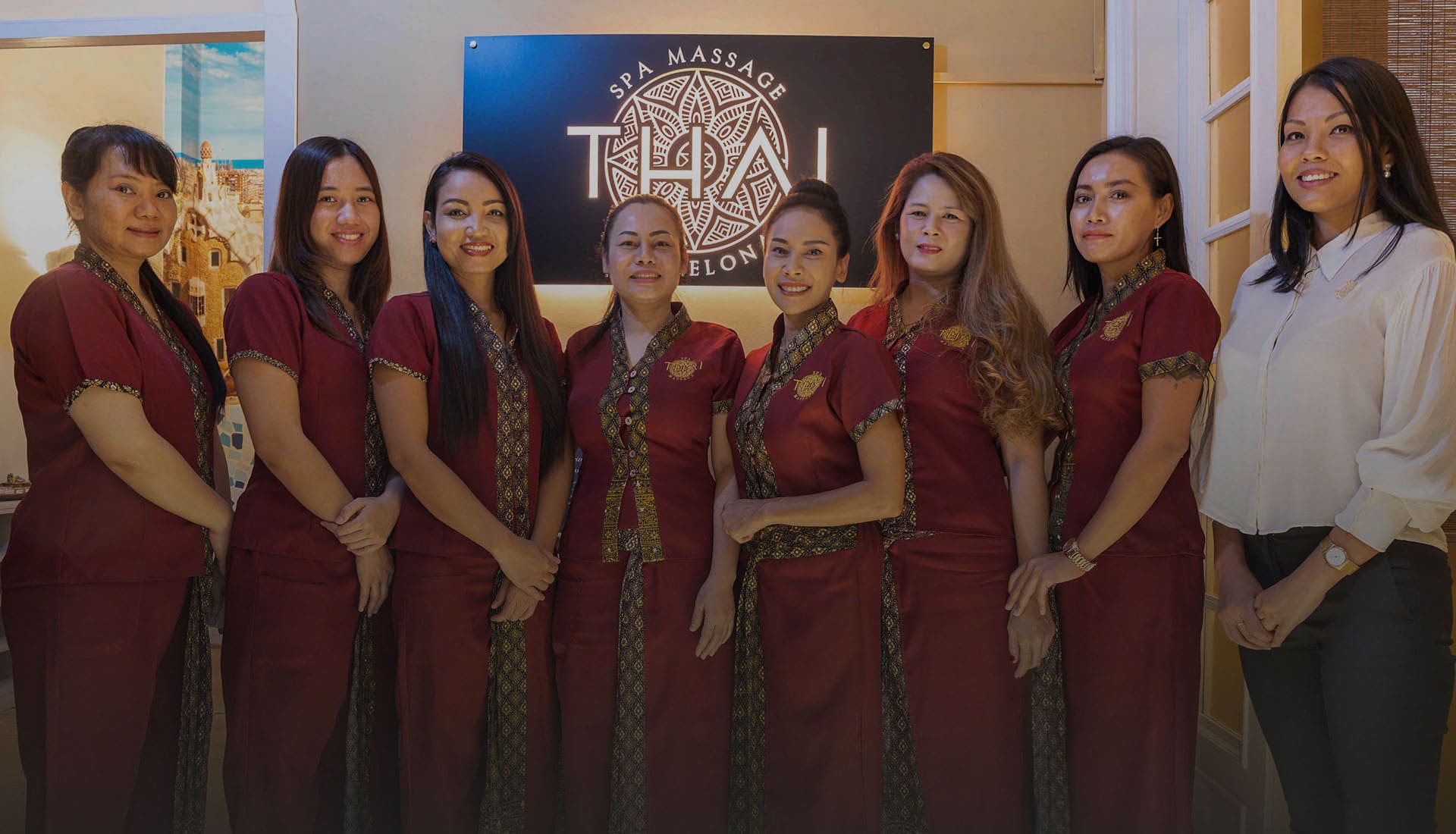We invite you to a different journey through the land of smiles. Discover a new way of enjoying Thai beer

Phraya Bhirom Bhakdi, posing with his son Vidya and the first Thai beer, 1934
For beer aficionados, Thailand becomes an essential destination, where, thanks to its incredible party atmosphere and its diversity of local brands, the experience of tasting a cold beer takes on a special nuance and another solution against stress.Thailand does not have the same brewing tradition as some European nations. It’s very different: Thai beer has its own charm and is intertwined with the culture and landscape of this beautiful Southeast Asian country. Imagine being on the terrace of a paradisiacal beach with a cold beer in your hands that is unlike any other you have known: Thailand offers precisely this experience, where beer is not only a drink, but a companion for adventures and relaxation. in an impressive natural and cultural environment.
What is the origin of Thai beer?
The beer was originally introduced to Thailand by European visitors but brewing in Thailand began in 1933 with the granting of a production license to Phraya Bhirom Bhakdi, 57, born Boon Rawd Sreshthaputra. His company, Boon Rawd Brewery, produces Thailand’s oldest and best-known lager beer, Singha (pronounced “sing”). Bottom-fermented Singha is sold in Thailand in its standard (5 percent alcohol content) and light (4.5 percent alcohol content) variants.

In its early days, the Thai beer scene had three brands: Singha, Golden Kite and Stupa, each with its own distinctive character. However, Stupa was the first to disappear because sales did not reach expected levels.
Singha and Golden Kite battled to become the people’s favorite beers, but in the end, Singha emerged as the undisputed winner of the Thai beer.
Along the way, the brewery introduced various brands of beer, a process that accelerated during World War II. In those turbulent times, the importation of raw materials was difficult and eventually stopped altogether. Thus arose beers like “Bear” and “Key”, which used local ingredients. When raw materials ran out completely, the brewery turned to its ingenuity, using its ability to create mixes with carbonated water and ice, which allowed the company to survive in the midst of war.
Thai fact:
Praya Bhirom Bhakdi también se convirtió en un experto en una tradición nacional tailandesa: el vuelo de cometas. En su momento, como aparte de su compromiso con preservar y compartir las tradiciones culturales del país, publicó un libro dedicado a esta materia.What are the most important brands of Thai beer?
En el mundo cervecero de Tailandia, tres nombres destacan por encima de los demás: Singha, Chang y Leo. Cada una de estas marcas tiene su propia personalidad y se adapta a diferentes gustos y ocasiones.
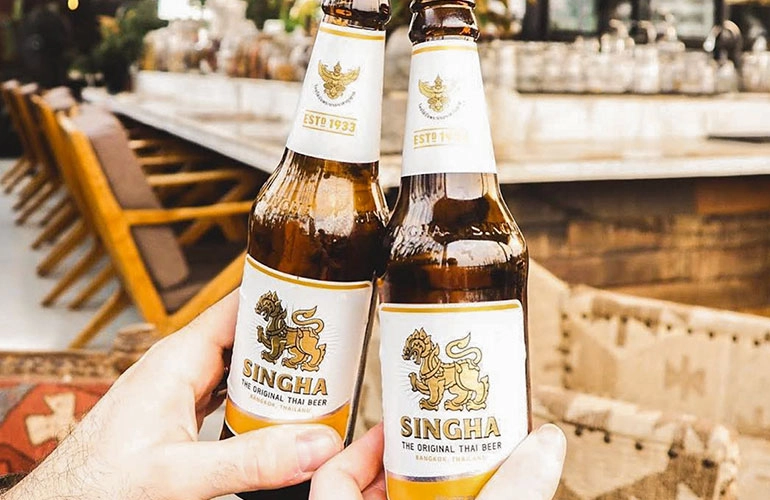
Singha Thai Beer: The Original
Founded in 1933, Singha is Thailand’s oldest and most renowned beer. With an alcoholic content of 5%, this beer is considered a symbol of quality and distinction. Its smooth and balanced flavor makes it a popular choice among beer connoisseurs, although it is more expensive than other options: its price is a reflection of its status as a premium beer. When you enjoy a Singha, you are not just savoring a drink, but a history of decades of Thai brewing tradition.
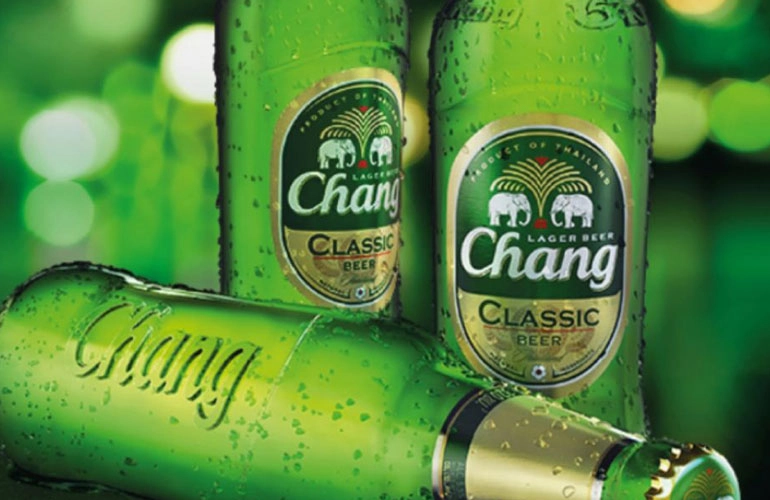
Chang Thai Beer
If you are looking for a more daring beer experience, Chang is the answer. With an alcohol content estimated to be around 6%, this beer earns the nickname “Changover” due to its potential to cause severe hangovers. Chang has a special place in the hearts of the locals. It is a beer that reflects the authenticity and simplicity of Thai culture.
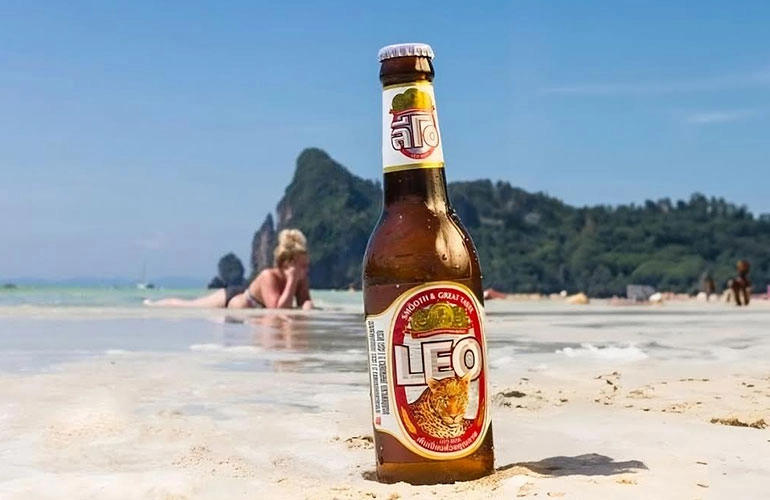
Leo Thai Beer
On the other hand, Leo beer provides a smooth and balanced experience. This beer has become a favorite among tourists visiting Thailand, offering an accessible and pleasing taste for all palates. With prices similar to those of Chang and Singha, Leo proves that diversity in the world of Thai beer is not just about alcohol strength, but about nuances of flavor that reflect the diversity of Thai culture.

Why is Thai beer priced so high?
A beer can cost 120 baht (around €3) in a local. To make a comparison, in simple restaurants, a complete menu can cost between 100 and 150 baht. The high price of Thai beer is expensive is attributed to several interrelated factors.
First of all, alcohol taxes in Thailand are relatively high, which directly impacts the final price of beer. Governments often levy excise taxes on alcoholic beverages to control consumption and generate revenue for the country.
Second, the raw materials needed for beer production, such as malt and hops, must be imported. The costs associated with importation, including customs duties, transportation and other logistical expenses, contribute to the increase in the final price of beer.
Thailand’s beer world offers a diverse range of flavors, experiences and emotions. From the iconic Singha, Chang and Leo beers to international imports, each sip tells a unique story in a place where culture, nature and enjoyment intertwine for a truly unforgettable experience.
A toast to Thailand!


